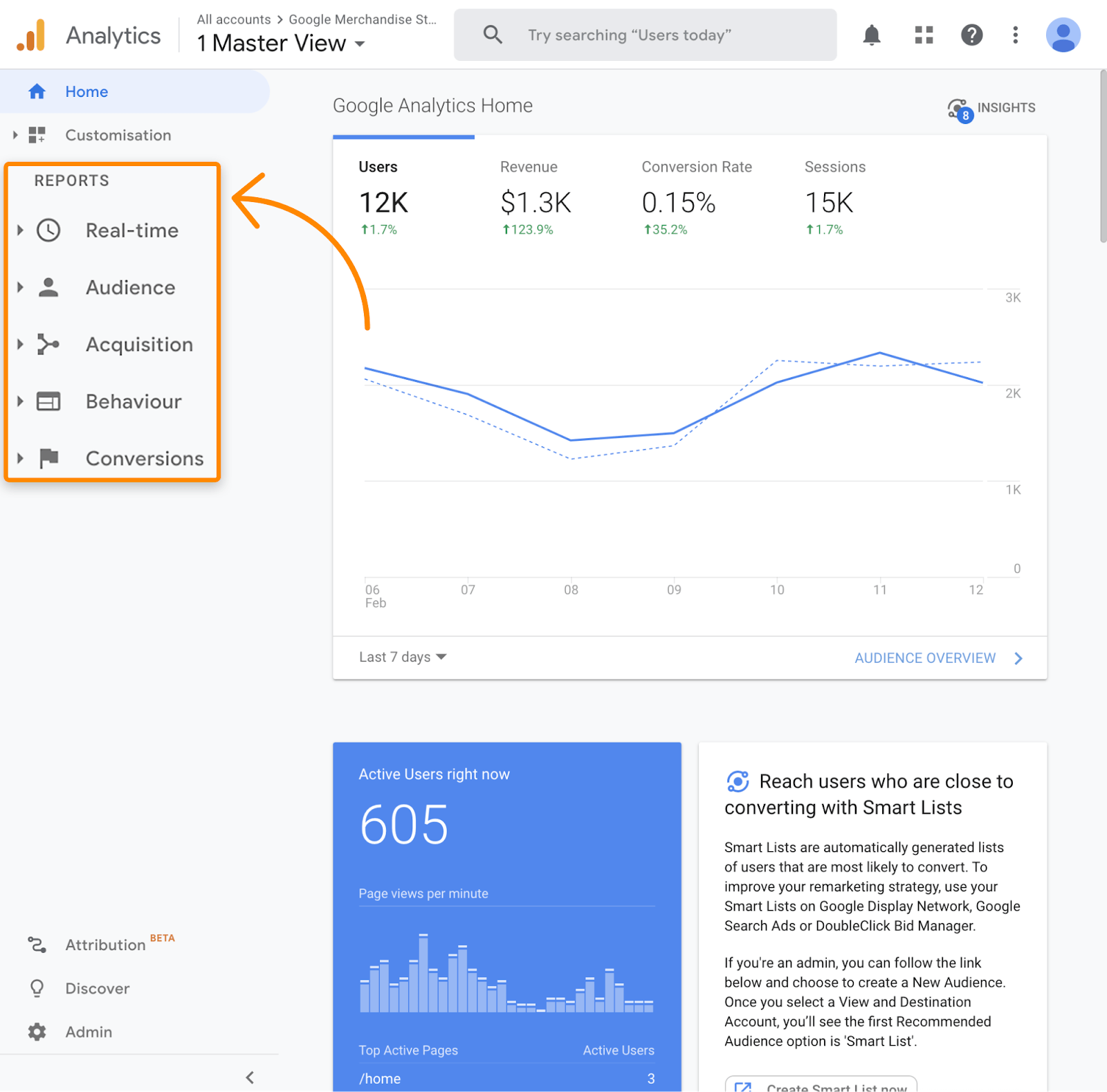A Comprehensive Overview to Secondary Dimensions in Google Analytics: Unveiling Its Role in Data Analysis
A Comprehensive Overview to Secondary Dimensions in Google Analytics: Unveiling Its Role in Data Analysis
Blog Article
Optimizing Your Data Analysis With Secondary Dimension in Google Analytics for Informed Decision-Making
Google Analytics, a powerful tool in the hands of digital marketing professionals and analysts, supplies a function recognized as Secondary Dimension. By touching into the capabilities of Second Dimension, users can get a more comprehensive view of their information, enabling them to make critical choices based on a much more nuanced and thorough evaluation.
Comprehending Additional Measurement Functionality
Comprehending the second measurement functionality in Google Analytics boosts the deepness of information analysis by providing added context to key metrics. By including a secondary measurement, experts can sector and contrast data, gaining understandings that would or else stay concealed. This feature permits users to watch data through different lenses, such as the resource of website traffic, user habits, or geographic place, supplying a much more comprehensive understanding of site efficiency.
Utilizing secondary dimensions can expose patterns and connections that might not be noticeable when looking entirely at key metrics. Coupling the primary metric of web page views with a second dimension like tool classification can uncover whether certain devices drive even more traffic to certain pages. This information can then educate website optimization techniques customized to different tool users.
Executing Additional Dimension in Records
Building upon the insights gained via additional dimension analysis, incorporating these dimensions efficiently into reports in Google Analytics is vital for extracting actionable data-driven decisions. what is a secondary dimension in google analytics. By applying second dimensions in reports, customers can dive much deeper right into the performance metrics of their website or app. This function permits a much more thorough analysis by providing additional context to the main dimension chosen
To apply an additional dimension in reports, just browse to the preferred record in Google Analytics and click on the "Additional dimension" tab situated over the information table. From there, users can select from a vast array of second measurements such as 'Source/Medium', 'Tool Category', or 'Landing Page'. Selecting the most relevant second measurement will depend upon the certain understandings you are looking for to discover.
Utilizing second dimensions in records not just boosts the deepness of evaluation but also help in recognizing fads, patterns, and connections that may have otherwise gone undetected. This critical strategy to information interpretation allows services to make informed decisions that drive growth and success.

Studying Data With Second Measurements
Upon integrating additional dimensions right into information analysis within Google Analytics, a detailed evaluation of vital efficiency signs can be achieved, providing important understandings for calculated decision-making. By using secondary dimensions, analysts can even more explore their key information measurements, such as website traffic sources or individual demographics, to uncover patterns or trends that might not be right away obvious. This deeper level of analysis enables a more extensive understanding of individual behavior and communications on a site or digital platform.
Examining data with second measurements makes it possible for marketing professionals and web site proprietors to address even more details questions regarding their target market, content efficiency, and marketing initiatives. By incorporating the primary measurement of website traffic sources with a secondary measurement like geographical area, companies can determine which areas drive the most useful website traffic to their site. This kind of granular understanding can educate advertising techniques, content development, and site optimization efforts to much better satisfy the needs and preferences of their navigate to this site target audience.
Leveraging Additional Measurements for Insights
By incorporating second dimensions successfully, analysts can extract much deeper understandings from data sets in Google Analytics, boosting the understanding of customer actions and performance metrics. Leveraging additional dimensions involves combining different qualities or metrics with main information to uncover patterns and fads that may not be apparent at initial glimpse. By including a secondary measurement such as 'Gadget Classification' to a report on internet site web traffic, analysts can recognize whether individual behavior differs throughout different devices like desktop computers, mobile phones, or tablets.
In addition, using second measurements allows analysts to segment data extra granularly, enabling them to identify specific audience sections or geographic locations that exhibit unique actions. what is a secondary dimension in google analytics. This division can be crucial in tailoring advertising approaches, optimizing web site content, or boosting customer experience based upon the one-of-a-kind attributes of each segment
Basically, leveraging additional dimensions in Google Analytics equips analysts to delve deeper into data, derive significant insights, and make notified choices that drive company growth and success.
Enhancing Decision-Making Through Additional Measurements
Utilizing second dimensions in information evaluation provides a strategic advantage by revealing actionable insights that drive educated decision-making in Google Analytics. By improving decision-making with secondary dimensions, users can delve deeper into their data to draw out valuable information that may not be promptly evident. These added dimensions use a more detailed view of customer behavior, communications, and outcomes, allowing experts to make more enlightened decisions based upon concrete data.
Through the usage of second dimensions, analysts can segment and filter data to identify patterns, patterns, and relationships that may influence decision-making procedures. This boosted degree of granularity enables an extra targeted approach to analyzing data, leading to more exact and insightful conclusions.
Furthermore, secondary dimensions provide the possibility to compare various data factors alongside, promoting an extra extensive examination of performance metrics and KPIs. By leveraging additional measurements effectively, services can maximize their methods, boost customer experiences, and inevitably attain their objectives with confidence.
Final Thought

Building upon the understandings gotten via second measurement analysis, including these measurements efficiently right into records in Google Analytics is vital for extracting workable data-driven choices.To implement a secondary dimension in records, just navigate to the preferred report in Google Analytics and click on the "Second dimension" tab located above the data table. By utilizing secondary dimensions, analysts can additionally dissect their primary data measurements, such as web traffic resources click now or customer demographics, to reveal patterns or fads that may not be quickly apparent. By incorporating the main measurement of website traffic sources with an additional dimension like geographical place, companies can identify which regions drive the most useful traffic to their website.By integrating secondary dimensions effectively, experts can draw out deeper insights from data collections in Google Analytics, enhancing the understanding of customer behavior and efficiency metrics.
Report this page